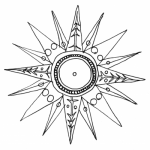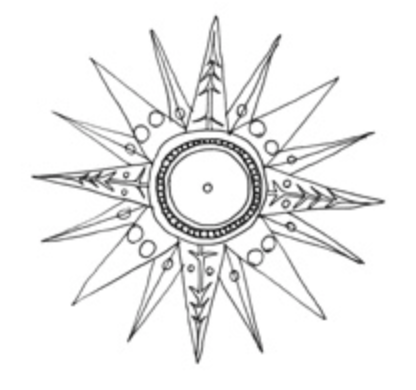The Cello Map philosophy
Cello Map is a practical resource for those who are interested in performing and writing contemporary music for cello.
It is a map because it is a physical plan for exploring the instrument, and because the aim is to map ‘actions that a cellist can make’ onto ‘sounds that a cello can produce’. In other words, I have tried to reduce the cello and cellist to scales of actions and sounds, and show how cellists can influence sound (loudness, overtone content, pitch…) by their actions (bow speed, contact point, stopping position…).
This standpoint is a deliberate move away from providing performers and composers with catalogues of special effects and extended techniques. Instead, I would like to provide information about how the cello works that can serve the imagination of performers and composers.
For more information about the Cello Map philosophy, see
http://www.dissonance.ch/en/archive/main_articles/239/abstract/en
The Cello Map team:
Cello Map is a research project of the Department for Research and Development at the Hochschule für Musik, Basel, Switzerland
https://www.fhnw.ch/de/forschung-und-dienstleistungen/musik/hochschule-fuer-musik/projekte
– Ellen Fallowfield (ellen.fallowfield@fhnw.ch) led the project.
– Thomas Resch built and structured the website, edited videos and recordings and undertook detailed analysis.
– Dr. Michael Kunkel and Michel Roth provided academic supervision.
– David Janesko produced the imaginative artwork.
Cello Map began as a PhD project at the University of Birmingham, UK and the Musikhochschule Basel, Switzerland. I am grateful to Prof. Erik Oña, and Dr. Mary O’Neill for their inspiration, and to the Leverhulme Trust for their support.
I would like to thank cellist and composer Prof. Caspar Johannes Walter for his contribution to contemporary paying techniques, particularly his pioneering work with multiphonics.
Thanks to Andreas Lindenbaum for his collaboration and curiosity in exploring cello sound.
Particular thanks are extended to the Maja Sacher Stiftung, whose financial support enabled this project to take place.

